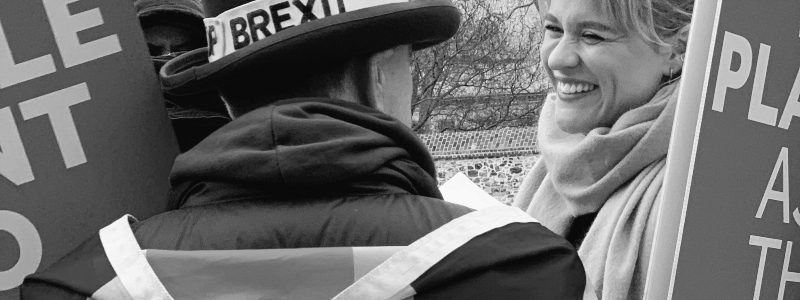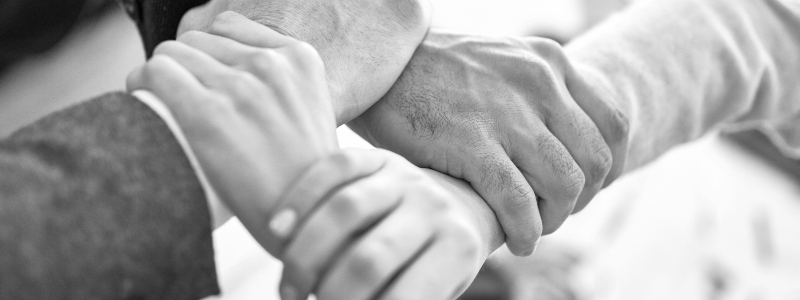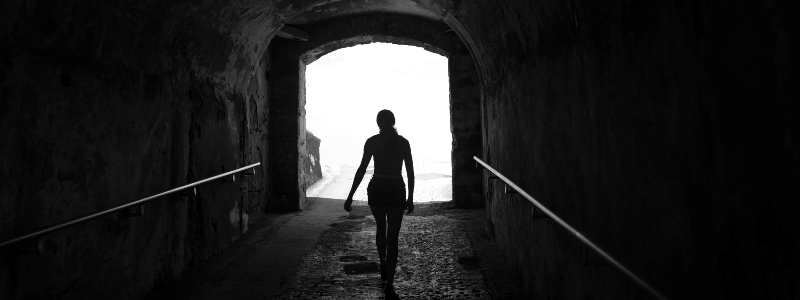I am sometimes asked, “What is transference?” Some patients are strongly negative towards the idea (of how they understand) the concept. A blog seems like a good opportunity to de-mystify this term and emphasise its importance to psychotherapy and to psychodynamic and psychoanalytic counselling.
Freud Again!
The notion of transference dates back to Freud. He used the term to describe how patients will project, or quite literally, transfer their feelings from a significant childhood relationship onto their psychotherapist.
The notion of transference is not limited to the therapy relationship. It’s something that is happening all the time in our lives, we simply are not aware of it. For instance, we may respond with anger or frustration if we ‘hear’ our partner use a tone of voice or phrase that a parent once used with us. Conversely, we may be drawn to someone because somehow they remind us of a family member with whom we enjoyed a close relationship.
We constantly invent stories about others with whom we interact. Some of these stories may be accurate based on non-verbal cues, but others are examples of transference.
What’s Wrong With That?
The underlying principle of transference is that it is an unconscious process and therefore, we are unaware of it. While we are engaged in unconscious processes, the conscious part of us is always playing ‘catch-up’ by inventing reasons for why we behave in a certain way or for the way we feel about another person.
In the therapeutic relationship, the patient starts to transfer ideas, fantasies, and feelings onto their therapist. This occurs because the patient knows relatively little about the life of their therapist. What is transferred by the patient onto the therapist becomes the basis of the collaboration in understanding the patient’s relational patterns, childhood traumas and unresolved conflict. In essence, transference becomes a window into the patient’s past.
Counter-Transference
Counter-transference is the term used to describe what the therapist feels in relation to their patient. It is the therapist’s part of the entanglement of the relationship. It enables the therapist to become aware of what the patient may be feeling towards them or eliciting in them. Counter-transference shows why it is so essential for psychotherapists to be well trained and to have undergone their own rigorous analysis or psychotherapy. This enables therapists to distinguish which feelings come from their own unconscious process, and which are counter-transferential.
So transference matters?
Transference is the foundation of the work in psychoanalytical psychotherapy where the unconscious forms the basis of understanding a patient’s struggles.
Is transference risky, or something to be scared of?
In a word, no, providing your psychotherapist is experienced enough to work in the transference and to be aware of unconscious processes. A psychotherapy process should never be dangerous, but nor should it be too safe. It is a daring adventure into the unconscious inner world that can be painful and difficult. Ultimately, however, it carries the goal of relieving suffering and trauma. And delivering freedom from the shackles of the past.
In other words
British analyst Harry Guntrip summarised the purpose and role of transference thus:
“Transference analysis is the slow and painful experience of clearing the ground of left-overs of past experience, both in transference and in counter-transference, so that the patient and therapist can meet “mentally face to face” and know that they know each other as two human beings. This is without doubt the most important kind of relationship of which human beings are capable and is not to be confused with erotic “falling in love”.
Mark Vahrmeyer is a UKCP-registered psychotherapist working in private practice in Hove and Lewes, East Sussex. He is trained in relational psychotherapy and uses an integrative approach of psychodynamic, attachment and body psychotherapy to facilitate change with clients.
Click here to listen to our podcast on this post.




